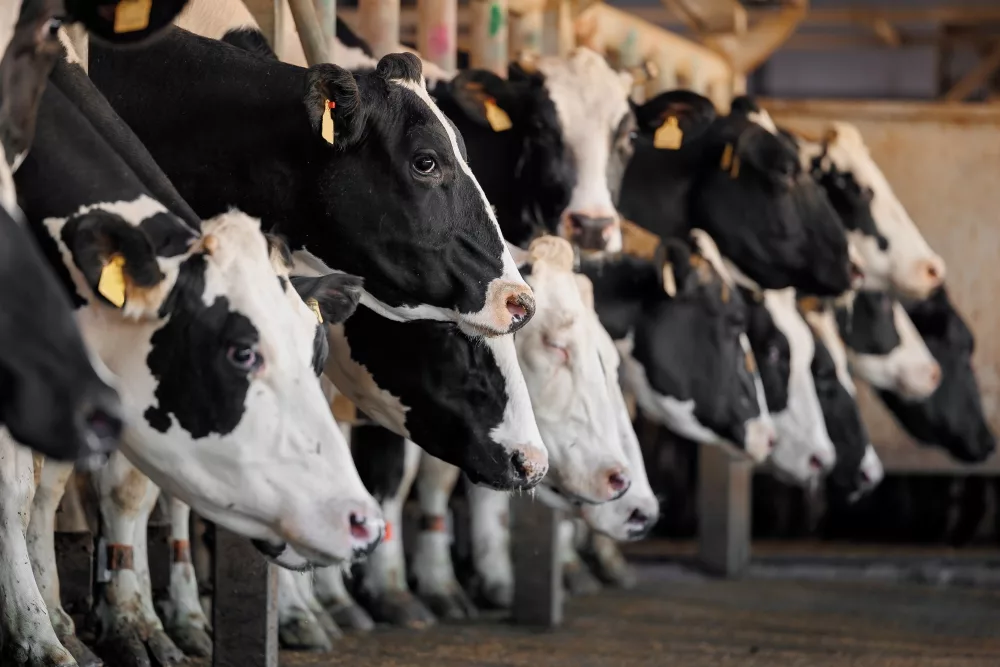
If you’re thinking frustrations from a weather-challenged 2019 are finally over, you might think differently as income tax preparations get underway — especially if you received crop insurance indemnity payments for reduced yields and/or Prevented Plant acres last year.
After receiving phone calls from multiple farm clients, Hillsdale County Farm Bureau Insurance agent Brent Leininger had a nagging concern and a question.
“Can farmers elect to defer crop insurance indemnity payments received in 2019 to 2020 for tax planning purposes? I had many customers who were being advised by their accountants and tax preparers to defer crop insurance proceed by filing a section 451(f) election,” Leininger said.
His question concerned a single sentence he had noticed in the Internal Revenue Service’s Publication 225 Farmer’s Tax Guide on the issue. “Deferral isn’t permitted for proceeds received from revenue insurance policies.”
“There are many crop insurance policies available in the marketplace today, but a vast majority of these policies are revenue-related policies, one of the most prominent is the Revenue Protection policy,” Leininger said. “My concern was what does the IRS consider a revenue insurance policy per their 225 Publication?”
Like many IRS rules and regulations, ambiguity often leads to different interpretations and assumptions. Farm Bureau Crop Insurance Manger Kevin Robson reached out to St. Johns, Mich. accounting firm Abraham & Gaffney and the American Farm Bureau Insurance Services for clarification.
The short answer?
“It depends on each farm operation’s specific level and type of crop insurance coverage, and the nature of the indemnity payment received,” Robson said. “If the indemnity payments were based solely on a yield/revenue loss then a producer can’t defer that revenue to 2020.”
Prevent Plant – loss & revenue allocation
What about claims paid on Prevent Plant claims? That’s where the answer(s) gets very confusing, according to Robson.
“The devil is in the details from an IRS standpoint,” Robson said. “It requires each operation and their accountants to do their homework, especially when utilizing Revenue Protection crop insurance policies.
“In the eyes of the IRS, crop insurance claims are viewed as either a payment based on revenue loss for acres that were actually planted, or as payments made for destruction or damage, which fits the IRS criteria for Prevent Plant acres.”
According to the Land Grant University Tax Education Foundation (LGUTEF), to qualify for the section 451(f) election, the payment must have been made for destruction or damage to crops. This means that the producer must suffer an actual loss due to destruction or damage. Payments made under insurance policies that provide coverage for reduced revenue or losses unrelated to destruction or damage do not qualify for deferral.
LGUTEF also notes, however, that most farms are covered under revenue protection policies that provide combined coverage for revenue losses and disaster losses.
“In this case, farmers must determine which portion of any indemnity payment is attributable to lost revenue and which portion is due to crop loss caused by destruction or damage,” LGUTEF reports their 2019 handbook. “There is no guidance on the allocation, and taxpayers must make an allocation using a reasonable method.”
In simple terms, says Robson, if a farmer received crop insurance payments based solely on a 100% Prevent Plant claim in 2019 and meets all other IRS requirements, then they are eligible to select the deferral options.
“If on the other hand you had a mix of Prevent Plant acres and acres that were actually planted and received crop insurance payments for both categories, you will be required to allocate that crop insurance revenue accordingly,” Robson said.
Additional IRS Requirements
According to the IRS, if you meet the criteria to postpone reporting some or all your 2019 crop insurance proceeds until 2020, you will need to also meet all the following conditions.
- You use the cash method of accounting.
- You receive the crop insurance proceeds in the same tax year the crops are damaged.
- You can show that under your normal business practice you would have included income from the damaged crops in any tax year following the year the damage occurred
To postpone reporting some or all crop insurance proceeds received in 2019, report the amount you received on Schedule F, line 6a, but don’t include it as a taxable amount on line 6b. Check the box on line 6c and attach a statement to your tax return.
The statement must include your name and address and contain the following information.
- A statement that you’re making an election under section 451(d) and Regulations section 1.451-6.
- The specific crop or crops physically destroyed or damaged.
- A statement that under your normal business practice you would have included income from some or all the destroyed or damaged crops in gross income for a tax year following the year the crops were destroyed or damaged.
- The cause of the physical destruction or damage and the date or dates it occurred.
- The total payments you received from insurance carriers, itemized for each specific crop, and the date you received each payment.
- The name of each insurance carrier from whom you received payments.





